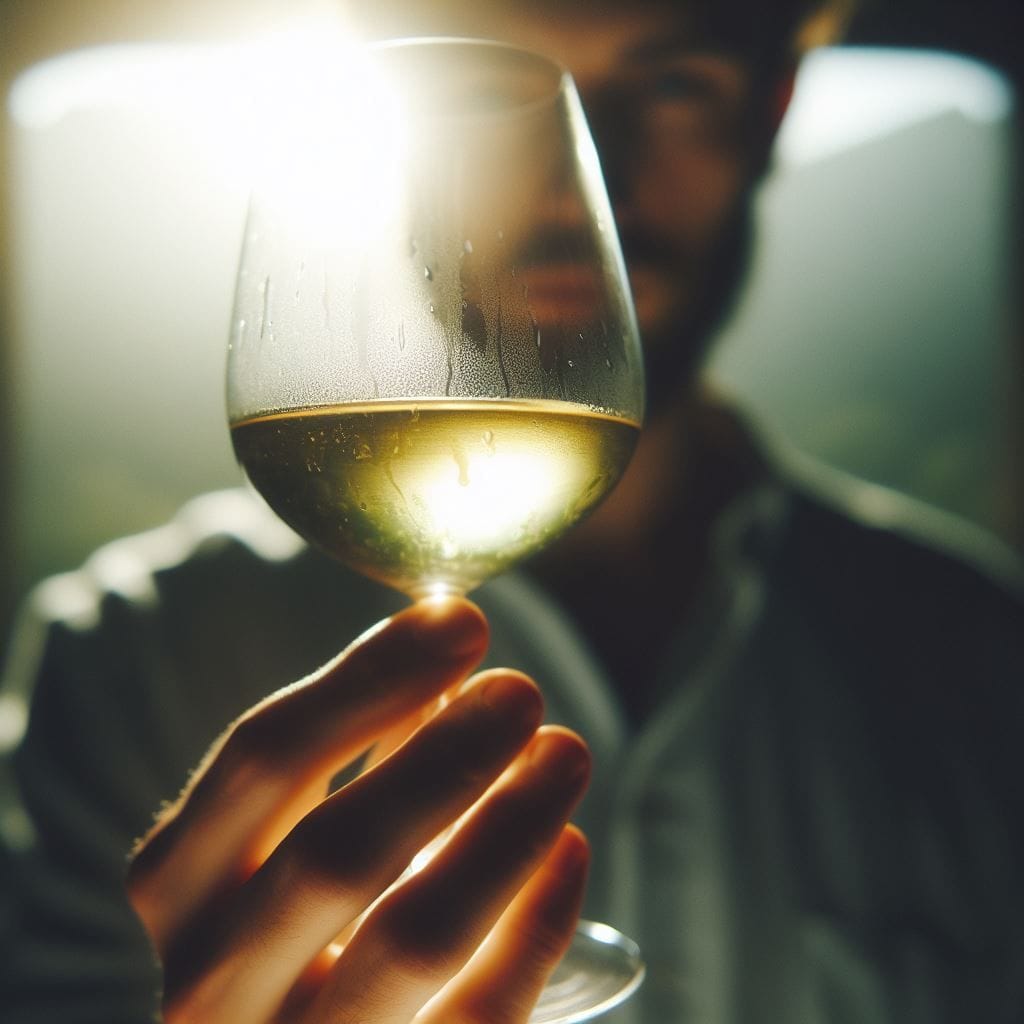The Fruity Side of Wine — Where Grapes Become Apples
Ever wonder why your wine tastes like apples, not grapes? Uncover the magic of wine's fruity transformations and unlock a world of flavor.

I was out for dinner with a friend recently – a self-professed wine novice with what he claimed was an unrefined palate. As he sipped on a crisp Pinot Grigio, he paused and exclaimed, “Whoa, is that…apple? I taste apple!” I smiled and nodded. This is one of the things that keeps drawing me back to the world of wine—its magical, shape-shifting nature.
Let's be honest, the fact that a drink made from grapes can taste distinctly of apples, pineapples, or even blackberries is nothing short of a marvel. We take it for granted, yet it stands apart from most other fermented fruit beverages. Try as you might, that apple cider ain't gonna mimic a Chardonnay.




